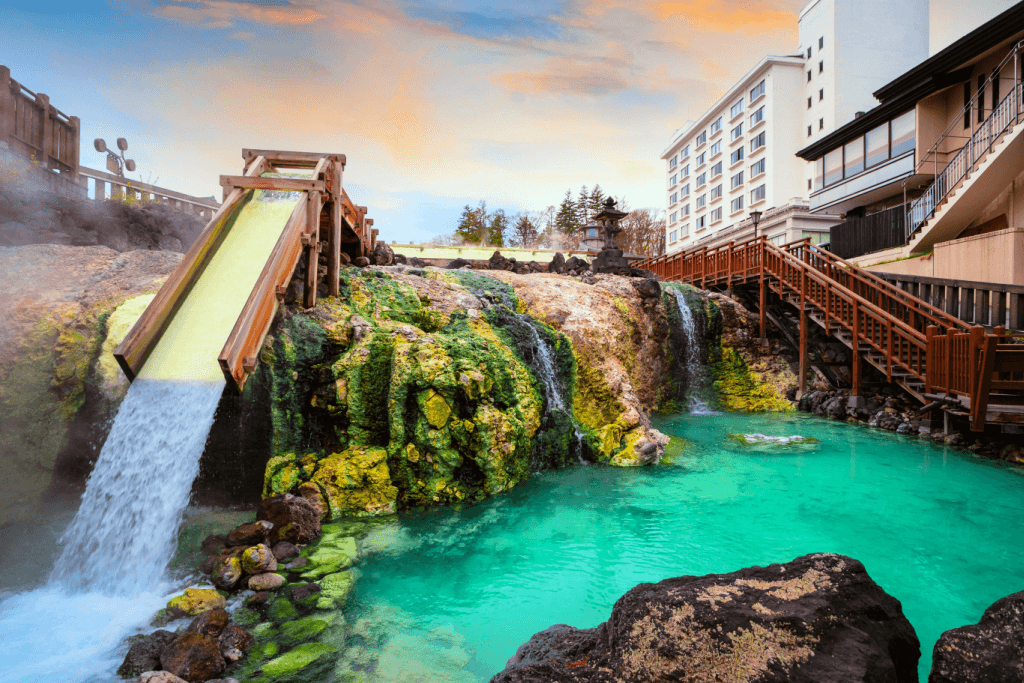Gunma is a charming prefecture in Japan, surrounded by a rich natural landscape. Thanks to that, Gunma’s agriculture is quite active, which leads the prefecture to have a lot of local specialty products. Many delectable meat products, fresh vegetables, and excellent dishes are cooked with Gunma’s natural water. Keep reading to discover more about the best regional cuisine of Gunma.
Table of Contents
ToggleWhat is food from Gunma, Japan, like?
The Kanto region is home to Gunma, Tokyo, Kanagawa, Saitama, Chiba, Ibaraki, and Tochigi. The seven prefectures of Kanto feature unique local cuisines that are rich, bold, and flavorful. Kanto food is renowned for being more intensely flavored than food from the Kansai region of western Japan, but it is just as delicious. Without further ado, here are some must-try delicacies from Gunma!
Manju
Japanese manju is a sweet snack that people eat in every corner of Japan but is particularly famous in Gunma. Manju is a traditional Japanese sweet of steamed dough with an anko (sweet red bean) filling paste. Two versions of the dumpling-like bun originated here. Yakimanju (roasted sweet bun) is grilled over charcoal and brushed with a rich, sweet miso paste. The unique sauce and cooking method give yakimanju a chewy texture and a slightly savory twist.
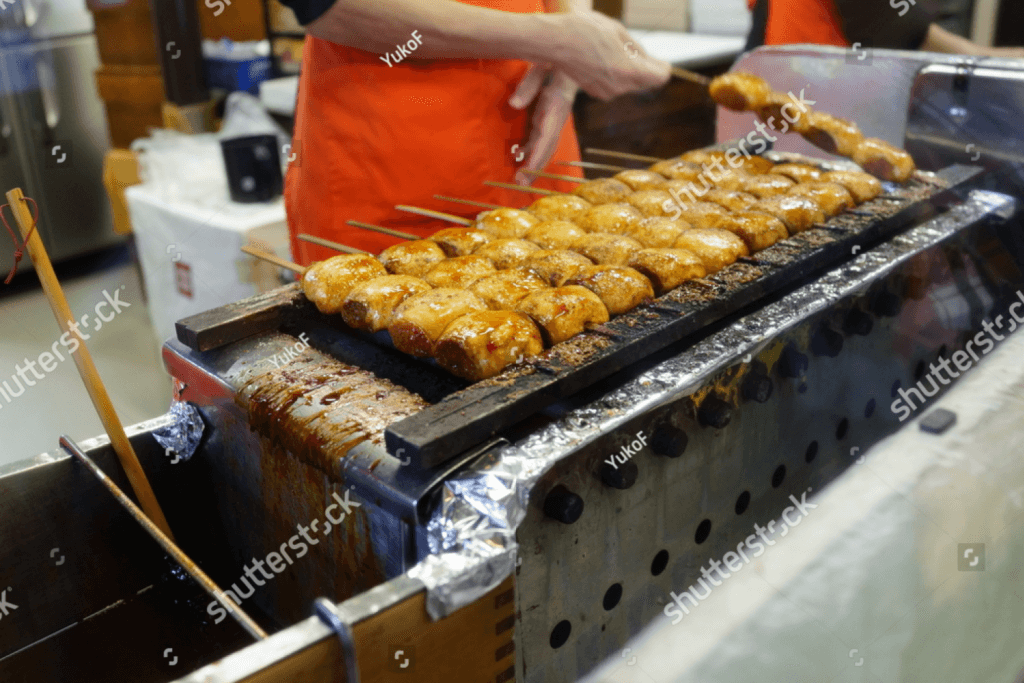
Usually, yakimanju buns are on a skewer, creating the perfect Japanese street food enjoyed for over 150 years. This treat is so prevalent in Gunma that an entire festival features them as the main dish! Onsen manju is at many hot spring resorts but initially came from Ikaho Onsen. This softer version is brown and resembles the golden water of Ikaho’s onsen.
Okkirikomi
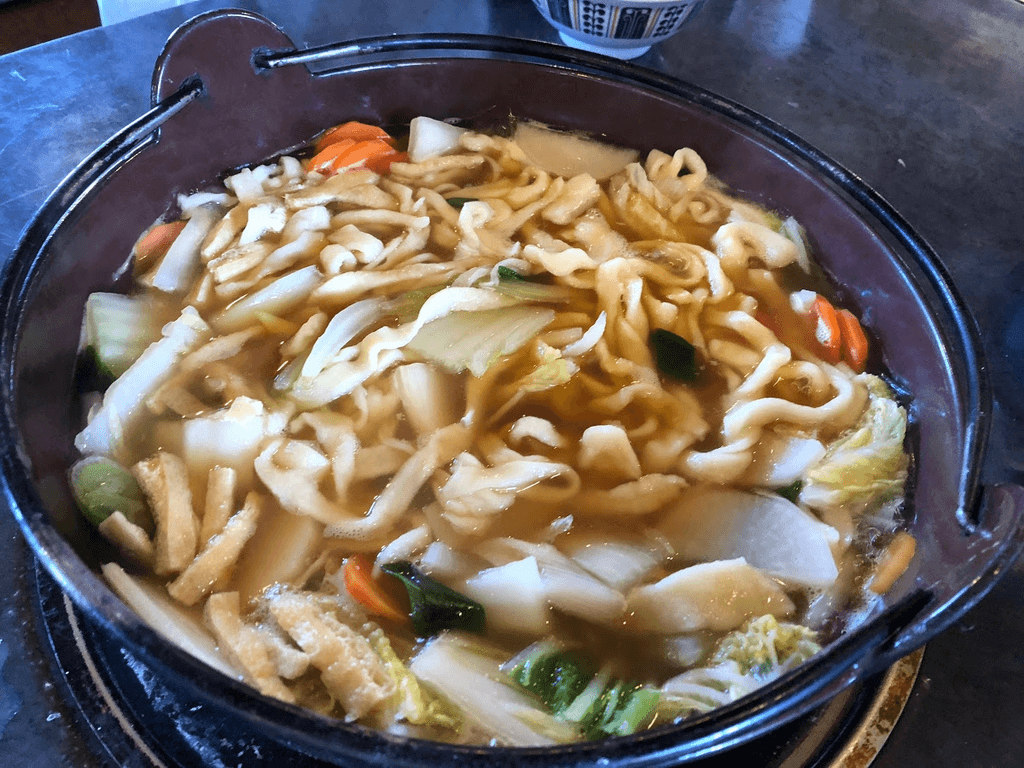
The local treat is okkirikomi, a hearty stew dish full of juicy flavor. To put it another way, okkirikomi is an udon dish featuring wide, thin noodles of flour and water. At its core, it’s just water and seasonal vegetables like daikon (radish), but the thick noodles carry all the flavors. The broth can use a soy or miso base, but you can level up by combining both in one bowl.
Konnyaku
Gunma is a major konnyaku producer, accounting for about 90% of Japan’s production. Specifically, konnyaku is a chewy, gelatinous food from konjac (root vegetable). It is very rich in fiber and contains virtually no calories.
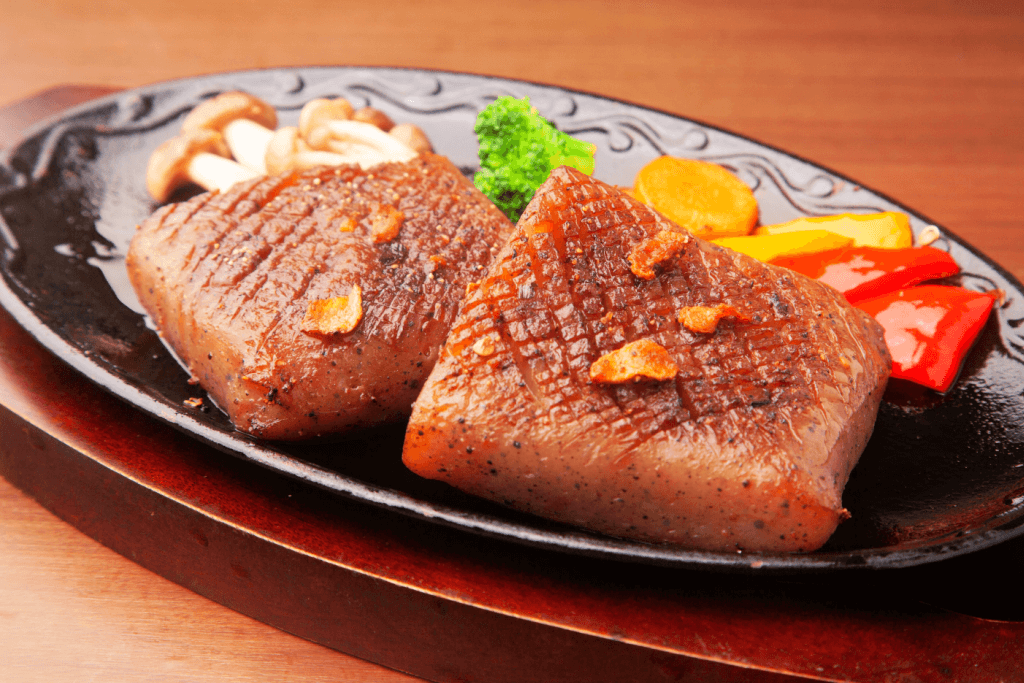
The gelatinous texture and adaptability allow it to take center stage in many dishes, including soups and stews. It can take on almost any shape, but shirataki (konjac noodles) is among the most popular. A block of konjac jelly dipped in savory miso sauce is a typical festival treat nationwide. There is even a konjac theme park where you can see konnyaku production and even try making it yourself.
Are you looking to experience the best Japanese food without leaving home? Check out Sakuraco! Sakuraco delivers traditional Japanese snacks, teas, and sweets from local Japanese makers directly to your door so you can enjoy the latest treats directly from Japan!
Sukiyaki
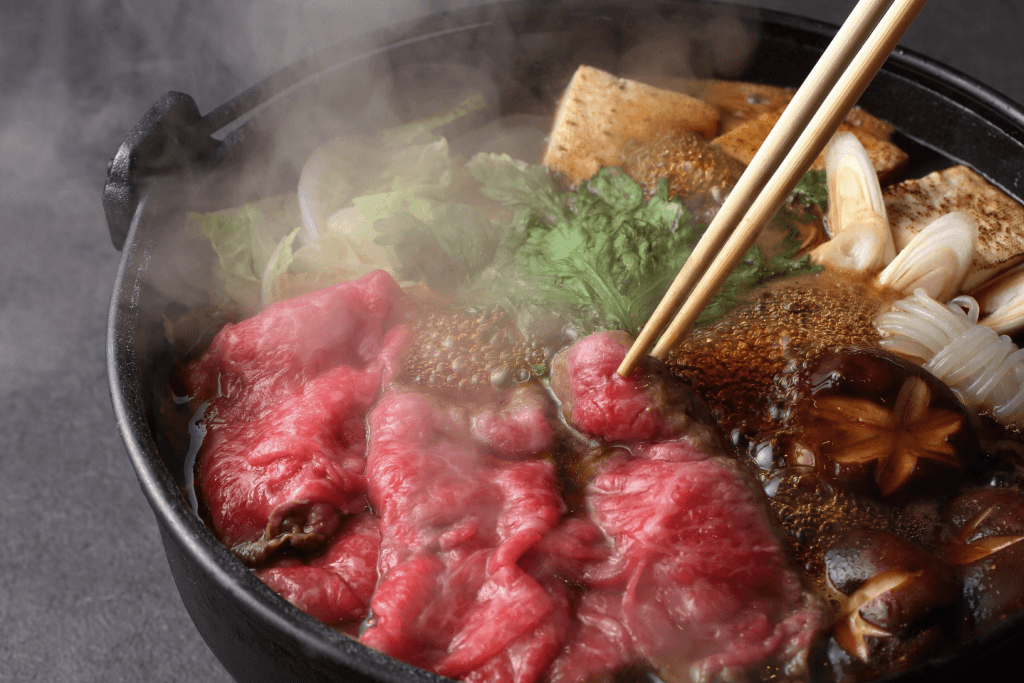
Sukiyaki is a hot pot-style dish popular around Japan but particularly beloved in Gunma. It’s made with beef, tofu, vegetables, and shirataki simmered in f soy sauce, sugar, and mirin (rice with broth). Many restaurants and ryokan inns around Gunma serve sukiyaki made exclusively with ingredients produced in the area. Because of this, you can enjoy sukiyaki in its best and most fresh condition in Gunma!
Mizusawa Udon
Above all, Gunma is a leading wheat producer in Japan and is strongly associated with its wheat-based products. Therefore, among the popular wheat-based dishes in the region, udon noodles are fan favorites, and one of its most sought-after variants is the Mizusawa udon. This type of udon noodle is famous for its firm yet silky texture due to an expert aging process.
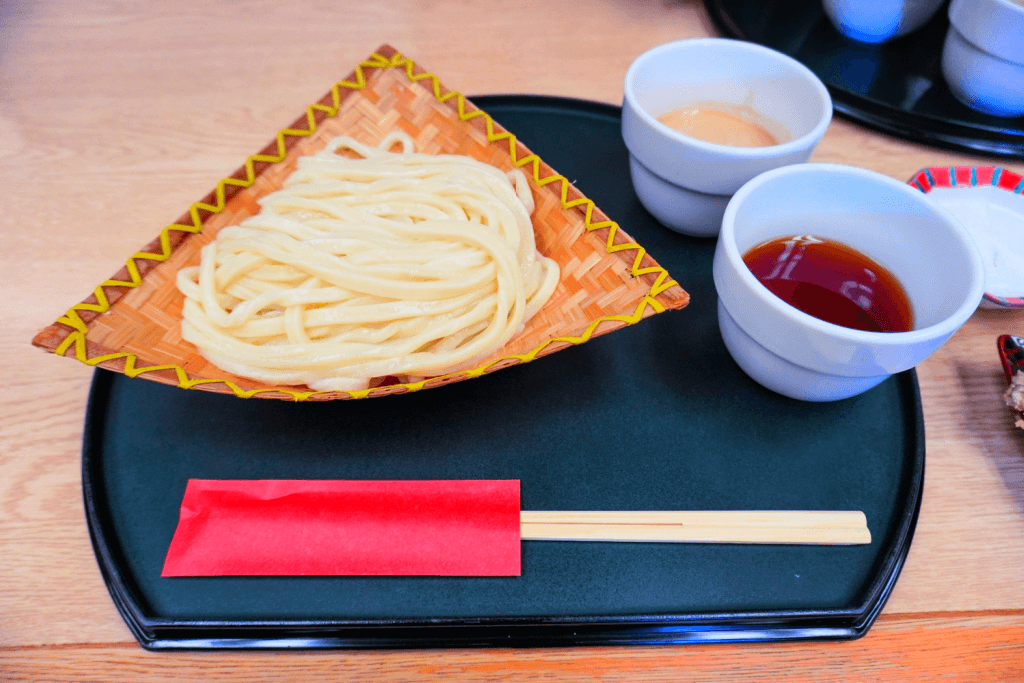
Generally, the noodles are made only with pure water, high-quality wheat, and salt, resulting in a semi-transparent appearance. Moreover, they are usually served cold with soup for dipping on the side. Overall, Mizusawa udon is a delightful dish that’s incredibly refreshing in the summer.
Ginhikari
It goes without saying that fish is a staple of Japanese cuisine, and almost every prefecture has its specialty. In Gunma, the prized fish is ginhikari (rainbow trout). It has the highest grade of selectively farmed rainbow trout. This fish has a rich flavor and texture from the lengthy three-year maturation process. People eat it in numerous ways, such as raw sashimi, grilled, or pan-fried.
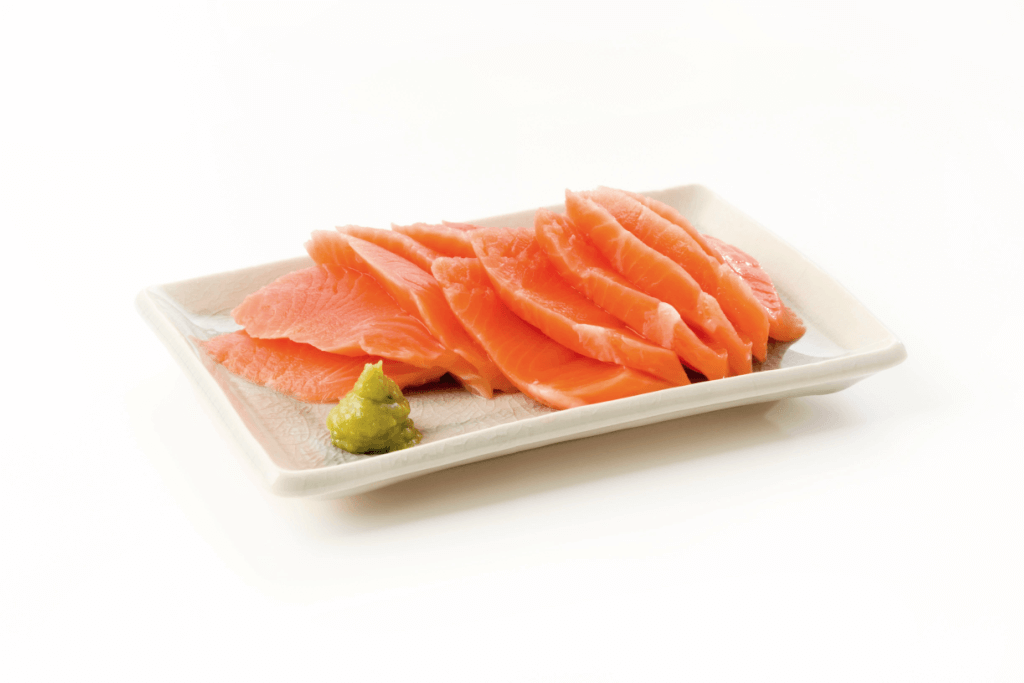
All in all, there are various ways people in Gunma enjoy udon noodles, from eating them raw as sashimi to grilling or pan-frying them. Moreover, the region takes immense pride in its local cuisine, which includes an array of dishes featuring fish, hotpots, and traditional festival food. Have you had the opportunity to try any of these dishes while in Gunma? If so, which one stands out as your favorite? Let us know in the comments section below!

